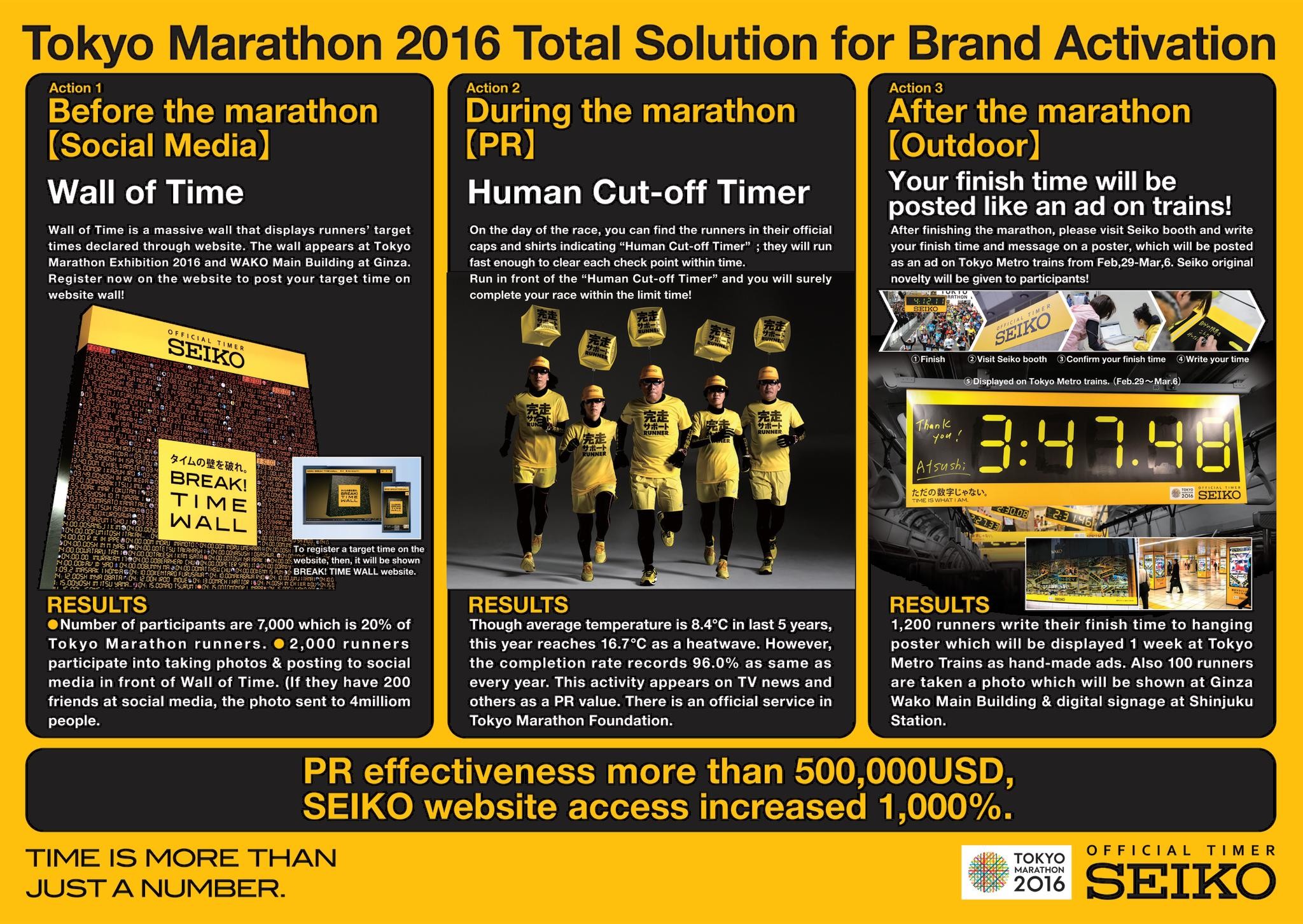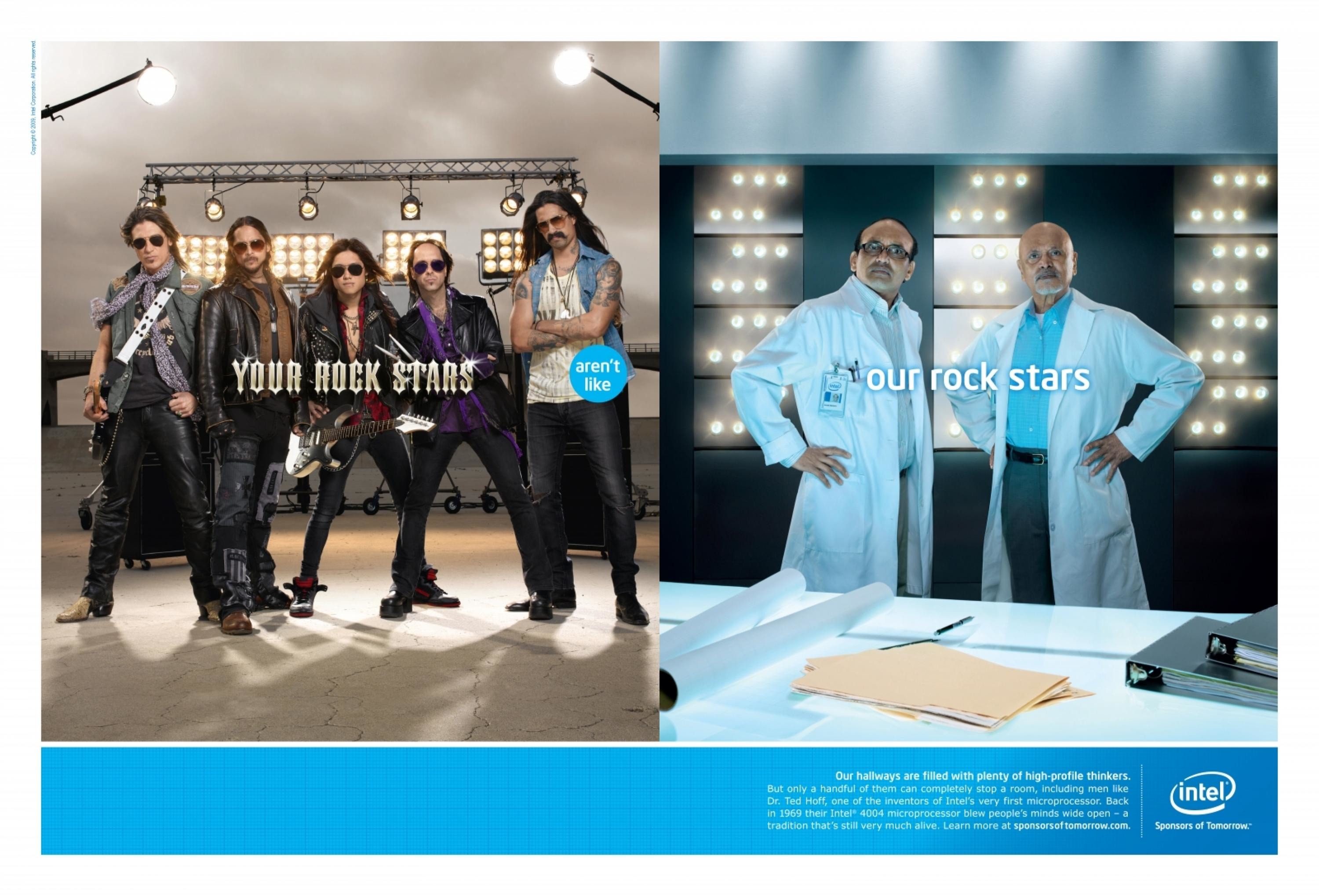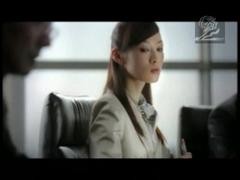Cannes Lions
SEIKO BRANDING
ZENITH MEDIA, London / SEIKO / 2002

Overview
Entries
Credits
Overview
Description
Winter sport places more demands on timing systems than any other form of sport. First the ranges of temperature in which the systems are required to work are huge; the equipment provided for alpine skiing, for example, is designed to be operable at temperatures as low as –30C. Second, unlike summer events, many winter sports are not decided on a first past the post basis. The results are only known when the last athlete completes, for example, his downhill run. Thus 100% accuracy and reliability is required.Seiko’s expertise with global competitive sport timing, and especially their association with the Olympics, has long been a key marketing theme for Seiko. Their goal was to communicate the split second requirements of competitive sports timing and emphasize Seiko’s credentials of reliability and advanced technology that has made them at the leading edge of their field.The advertising created during the Winter Olympics had to be highly innovative, involving state of the art technology to positively reinforce Seiko’s leadership in timing.The challenge was to develop an ownable campaign for Seiko that raised the standards of:ExcitementInnovationIntegration Fast turnaroundRelevanceOwnability by Seiko From Research, we knew that the highest potential market for Seiko was the affluent consumer.Who are these people?People 25-39 male skewed, a high percentage of them view or subscribe to cable channels across Europe. Why Eurosport?The best regional media to reach this affluent target segment. Seiko could reach a potential 277 million affluent Eurosport households across Europe. Eurosport’s Winter Olympics telecast was the best quality and most complete of any European broadcaster.Together with Eurosport, Zenith harnessed an exciting new technology where two footages can be superimposed onto one another for dramatic effect.
Showcasing the gold and silver medallists of the major Olympic events, vignettes were created from footage of the day, re-edited into Seiko branded vignettes and aired within hours of the actual events. The vignettes demonstrated how each competitor achieved his medal-winning run. The footage of each competitor was merged together to show both skiers superimposed on the same run. The vignette series showed how important not only skill, grace and determination are, but also the essence of time and precision. The commentary was based on the timing of turns, how the precision of correct timing is important and how hundredths of a second can make the difference between Gold and Silver medals.
Footage of major medal winning races had to be supplied daily by Eurosport and reviewed by Zenith, then once the most exciting, spectacular and closely fought footage was decided it would be sent to Seiko (who unlike Zenith were actually the lucky ones and were at Salt Lake City themselves). Seiko then gave approval for the footage to be made into programme highlights vignettes.
The ‘leading edge of time’ series from Seiko covered five sports made into five 60” vignettes – Men’s and Women’s Downhill, Giant Slalom, Super G, Combined and Slalom. They aired across Europe for the duration of the Winter Olympics telecasts during February 2002.This campaign was highly cost effective as Zenith managed to negotiate the short vignette films as station programming airtime, therefore the majority of the spot was free to air. Seiko only paid for the six seconds top and tail branding.
In addition from our analysis of performance across Europe, the campaign was seen by over nine million people with an average frequency of 3.4 times. Considering the total campaign cost around 100,000 Euros the cost per thousand reach was around 11 Euros, considerably less than terrestrial station CPT’s across Europe. Zenith Media have been Seiko’s media agency for nine years and 2002 was particularly important as this was a Winter Olympics year and Seiko had a major involvement as the official event timekeeper.Zenith went into the media market place to explore big ideas to help Seiko make the most of their 2002 Winter Olympics involvement. Zenith discovered a unique new technology that Europe’s leading sports channel – Eurosport had access to and then developed a highly innovative programme for Seiko within Eurosport’s 2002 Winter Olympics telecast.
Zenith contributed the campaign idea, then sold the concept into Seiko, negotiated the full deal with Eurosport and basically became involved in every aspect of the creative implementation.Zenith were also responsible down to influencing the look and feel of the programme and the extent of the Seiko branding throughout, basically fulfilling the creative role.In the absence of any creative agency being involved in the process this media idea can be almost entirely attributed to the Seiko’s media team at Zenith Media London. Seiko were not an official title sponsor but rather the ‘official timing equipment provider’ for the Salt Lake City Winter Olympics in 2002. Zenith proposed an idea that greatly enhanced Seiko’s association and helped them to be perceived as an event sponsor.Without any specific brief or budget Zenith approached and convinced Seiko to invest in a media idea that was highly innovative, involving state of the art technology, which would positively reinforce Seiko’s technological leadership in sports timing.This entry from Zenith includes all the key elements of a winning submission:The media idea could only have been ownable by Seiko.The idea was totally integrated into the event telecast with the media owner actually giving Seiko immediate and exclusive use of telecast footage.The idea employed unique new technology that was used to spectacular effect.The idea had the excitement of up to the minute topicality and relevance.Such a high level of co-operation between programming and advertising in a live sporting event is almost unprecedented.Zenith enhanced Seiko’s level of association with the Winter Olympics at media costs that were nothing compared to the actual title sponsors media spend commitments.
Execution
Zenith Media have been Seiko’s media agency for nine years and 2002 was particularly important as this was a Winter Olympics year and Seiko had a major involvement as the official event timekeeper.Zenith went into the media market place to explore big ideas to help Seiko make the most of their 2002 Winter Olympics involvement. Zenith discovered a unique new technology that Europe’s leading sports channel – Eurosport had access to and then developed a highly innovative programme for Seiko within Eurosport’s 2002 Winter Olympics telecast.
Zenith contributed the campaign idea, then sold the concept into Seiko, negotiated the full deal with Eurosport and basically became involved in every aspect of the creative implementation.Zenith were also responsible down to influencing the look and feel of the programme and the extent of the Seiko branding throughout, basically fulfilling the creative role.In the absence of any creative agency being involved in the process this media idea can be almost entirely attributed to the Seiko’s media team at Zenith Media London.
Similar Campaigns
12 items







